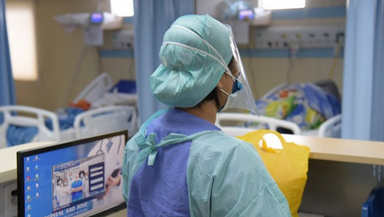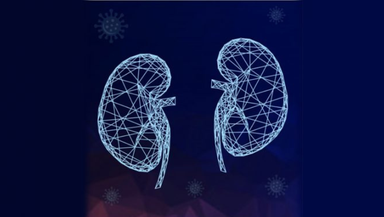Navigating Chronic Back Pain: Exploring Surgical Options for Relief

Chronic back pain is a debilitating condition that can significantly impact quality of life, limiting mobility and hindering daily activities. While conservative treatments such as medication, physical therapy, and injections may provide relief for some individuals, others may require surgical intervention to address underlying spinal issues. In this comprehensive guide, we'll delve into the surgical options available for managing chronic back pain, accompanied by insights from Dr Naveen, an esteemed HOD & Sr Consultant in Neuro & Spine Surgery. Let's embark on a journey to explore the surgical solutions for chronic back pain and the transformative potential they offer for patients seeking relief.
Dr Naveen, an expert in neuro and spine surgery, emphasizes the importance of understanding surgical options for chronic back pain, stating, "For patients suffering from debilitating back pain that has not responded to conservative treatments, surgical intervention can offer significant relief and improvement in quality of life."
Understanding Chronic Back Pain:
Chronic back pain is characterized by persistent discomfort or stiffness in the lower back region, lasting for 12 weeks or longer. It can result from various underlying conditions, including degenerative disc disease, spinal stenosis, herniated discs, facet joint arthritis, or vertebral fractures. Chronic back pain may be accompanied by radiating pain, numbness, tingling, or weakness in the legs, affecting mobility and overall function.
Indications for Surgical Intervention:
Surgical intervention for chronic back pain is typically considered when conservative treatments fail to provide adequate relief, and symptoms significantly impact daily activities and quality of life. Common indications for surgery include:
- Persistent pain or disability despite conservative treatments
- Progressive neurological deficits such as weakness, numbness, or difficulty walking
- Structural abnormalities or spinal instability requiring surgical correction
- Severe pain refractory to medication or injections, impairing mobility and function
Surgical Options for Chronic Back Pain:
- Discectomy: A discectomy is a surgical procedure aimed at removing a portion of a herniated or damaged disc that is compressing spinal nerves and causing pain. It can alleviate symptoms of sciatica and radiculopathy by relieving pressure on the affected nerve roots.
- Laminectomy: Laminectomy involves the removal of a portion of the lamina (bony arch) to decompress the spinal cord or nerve roots affected by spinal stenosis. This procedure can relieve symptoms of spinal cord compression, such as leg pain, numbness, and weakness.
- Spinal Fusion: Spinal fusion is a surgical technique used to stabilize the spine by joining two or more vertebrae together using bone grafts and implants. It can be performed to treat conditions such as degenerative disc disease, spondylolisthesis, or spinal instability, reducing pain and improving spinal alignment.
- Artificial Disc Replacement: Artificial disc replacement involves removing a damaged disc and replacing it with an artificial implant designed to preserve motion and flexibility in the spine. This procedure can alleviate pain and maintain spinal function while reducing the risk of adjacent segment degeneration.
- Minimally Invasive Surgery: Minimally invasive surgical techniques, such as microdiscectomy or endoscopic spine surgery, utilize small incisions and specialized instruments to access the spine with minimal tissue disruption. These procedures offer faster recovery, reduced post-operative pain, and improved cosmetic outcomes compared to traditional open surgery.
Considerations and Risks:
While surgical intervention for chronic back pain can offer significant benefits, it is essential to weigh the potential risks and benefits of surgery carefully. Risks associated with spine surgery may include infection, bleeding, nerve injury, spinal fluid leaks, and complications related to anesthesia. Patients should discuss their treatment options with a qualified neuro and spine surgeon and make an informed decision based on their individual health status, preferences, and treatment goals.
Conclusion:
Managing chronic back pain requires a comprehensive approach that may include conservative treatments, lifestyle modifications, and, in some cases, surgical intervention. By understanding the surgical options available for chronic back pain and seeking care from experienced neuro and spine surgeons like Dr. Naveen, patients can explore effective solutions to alleviate pain, restore function, and improve quality of life. With advancements in surgical techniques and personalized treatment plans, the journey to relief from chronic back pain holds promise for patients seeking lasting solutions and renewed mobility.
Specialities
Clear allMeet the doctor

Dr Naveen M A
Neuro and Spine Surgery
MBBS, MS (Gen Surgery), MCh (Neurosurgery), FMAS, FMISS (Seoul)











